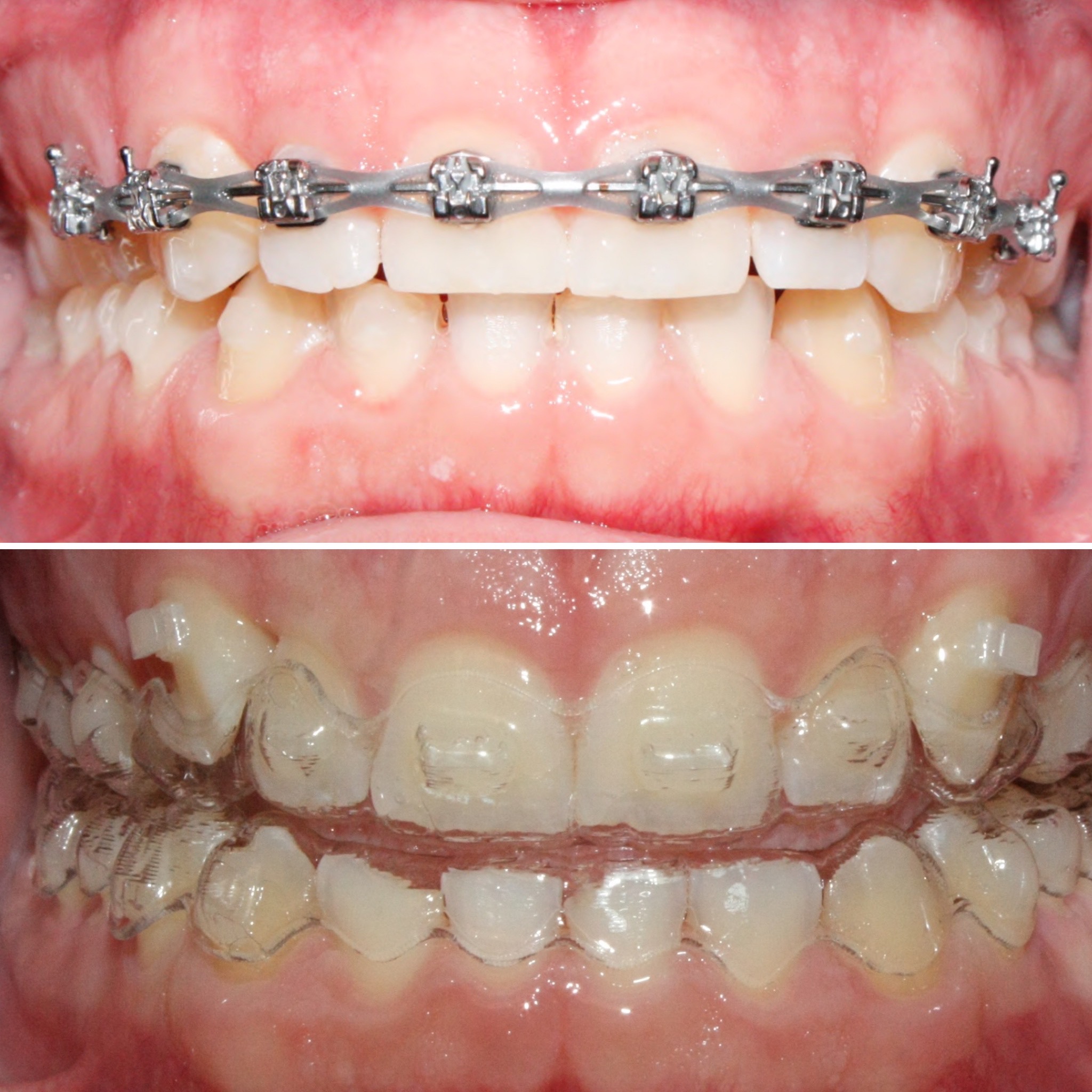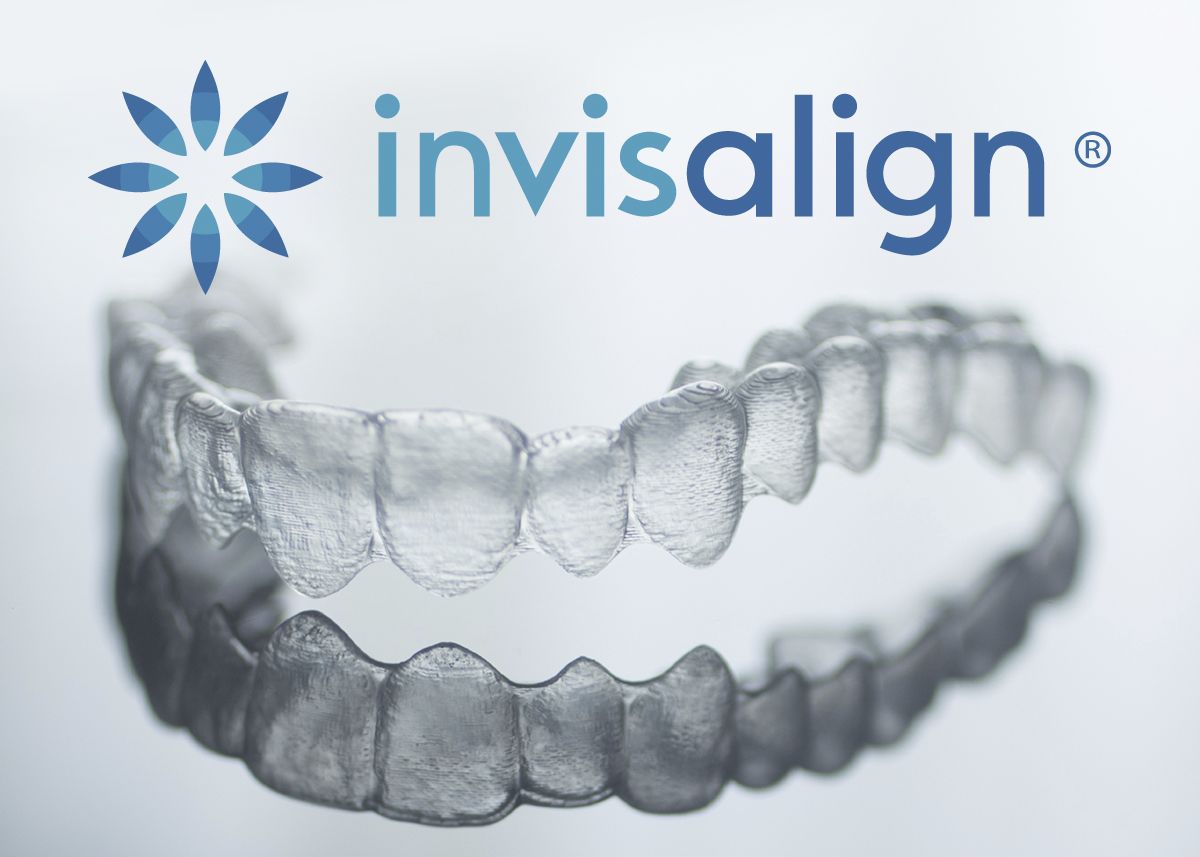Invisalign vs. Conventional Braces: Which Alternative Is Right for You?
When considering orthodontic treatment, the choice between Invisalign and traditional braces presents several crucial factors that warrant mindful examination. Invisalign supplies a discreet alternative with removable aligners, while traditional dental braces give a more noticeable yet reliable option for extreme misalignment.
Overview of Therapy Choices

On the other hand, standard dental braces include steel brackets and cables that are adhered to the teeth. This technique uses continual pressure gradually to achieve alignment. While efficient for intricate orthodontic issues, standard dental braces require regular sees for adjustments and can present obstacles in maintaining oral hygiene because of the difficulty of cleaning up about brackets and wires.
Both alternatives have their values, and the choice usually depends upon particular oral conditions, way of living choices, and individual conformity. Eventually, speaking with an orthodontic professional is critical for determining one of the most appropriate therapy plan tailored to private requirements. Understanding the nuances of each choice can dramatically influence the overall success of orthodontic therapy.
Visual Considerations
A significant element influencing the choice in between Invisalign and conventional dental braces is the aesthetic charm each treatment offers. Invisalign aligners are crafted from clear plastic, making them practically unnoticeable when put on. This very discreet appearance is specifically interesting teenagers and grownups who may feel self-conscious about their orthodontic therapy. The capability to keep a natural smile throughout the positioning process can considerably enhance the individual's confidence in social and professional setups.
On the other hand, standard braces include metal brackets and cords, which can be much more noticeable. While innovations in orthodontic innovation have caused the advancement of smaller braces and colored elastics, typical braces still keep a more obvious account. For some individuals, the presence of braces may deter them from looking for necessary therapy.
Eventually, the choice in between Invisalign and conventional dental braces may depend upon individual preferences concerning appearances. Individuals that prioritize discernment frequently lean towards Invisalign, while those who are much less concerned regarding presence may choose for typical braces. Understanding the visual effects of each option is vital for making an informed decision that lines up with one's lifestyle and preferences.
Convenience and Convenience

In terms of comfort, Invisalign aligners are removable, making it possible for people to enjoy their preferred foods without limitation and preserve optimum dental health. Brushing and flossing are simplified, as the aligners can be secured throughout these regimens, whereas traditional dental braces require careful steering around braces and cords.
Furthermore, Invisalign's modern system allows for less orthodontic sees. People usually receive numerous collections of aligners at once, which can enhance the therapy procedure and decrease time spent in the orthodontist's chair. On the other hand, traditional dental braces require routine adjustments, making them much less practical for those with active schedules. Invisalign. On the whole, the convenience and comfort of Invisalign make it an enticing selection for lots of individuals looking for orthodontic therapy.
Therapy Duration and Performance
While both Invisalign and conventional dental braces are efficient in correcting oral imbalances, the period of therapy can differ substantially in between both alternatives. Generally, Invisalign therapy can take anywhere from 12 to 18 months, depending on the complexity of the instance. The clear aligners function by gradually moving teeth into their desired placements, and normal follow-ups with an orthodontist help guarantee progression continues to be on course.
On the other hand, typical dental braces typically call for a longer dedication, generally varying from 18 months to three years. This is because of their fixed nature and using cords and braces, which can be extra reliable for extreme imbalances and intricate instances (Invisalign). The therapy efficiency of typical dental braces is well-documented, as they permit for specific changes and better control over tooth activity
Eventually, the option between Invisalign and conventional braces might pivot on both the anticipated treatment duration and the particular dental concerns handy. Consulting with an orthodontist is essential, as they can offer tailored recommendations based on individual needs, guaranteeing the chosen from this source method aligns with wanted durations and results.
Expense Comparison and Insurance Policy Alternatives
Price plays a considerable function in the decision-making process for individuals considering orthodontic treatment, whether choosing Invisalign or standard dental braces. Usually, the cost of Invisalign varieties from $3,000 to $8,000, while standard dental braces commonly cost between $2,000 and $6,000. Variables influencing these costs include the intricacy of the situation, the duration of treatment, and geographical location.
Insurance coverage can considerably affect out-of-pocket expenses. Several oral insurance coverage strategies give partial insurance coverage for orthodontic treatments, however the specifics can vary extensively. It is essential for people to evaluate their insurance coverage plans to figure out the degree of insurance coverage for either choice. Typically, typical braces might be more frequently covered by insurance policy plans contrasted to Invisalign, which some insurance firms categorize as an aesthetic treatment.
In addition, several orthodontic methods use flexible layaway plan, making both therapy alternatives extra accessible. Patients must make inquiries about prospective funding alternatives and discounts for in advance settlements. Examining the overall price, including insurance policy advantages and settlement plans, is important for making an educated decision that straightens with both visual choices and spending plan factors to consider.

Verdict
In recap, the selection in between Invisalign and typical dental braces click this rests on several aspects, including visual choices, comfort, treatment duration, and price. Invisalign supplies a very discreet, detachable choice that assists in dental health and dietary flexibility, while conventional braces may be preferable for complex oral concerns and frequently come at a reduced cost point. Ultimately, consultation with an orthodontist is essential to analyze individual circumstances and establish one of the most suitable link treatment alternative for accomplishing optimal dental placement.
When considering orthodontic therapy, the selection between Invisalign and traditional dental braces provides several crucial elements that warrant careful analysis.Contrasting Invisalign and traditional braces reveals distinct treatment alternatives for orthodontic modification.While both Invisalign and typical dental braces are efficient in correcting oral misalignments, the period of therapy can vary considerably between the two options.Expense plays a significant function in the decision-making process for people taking into consideration orthodontic treatment, whether opting for Invisalign or typical dental braces.In recap, the choice in between Invisalign and traditional braces hinges on several elements, consisting of visual preferences, convenience, treatment period, and expense.